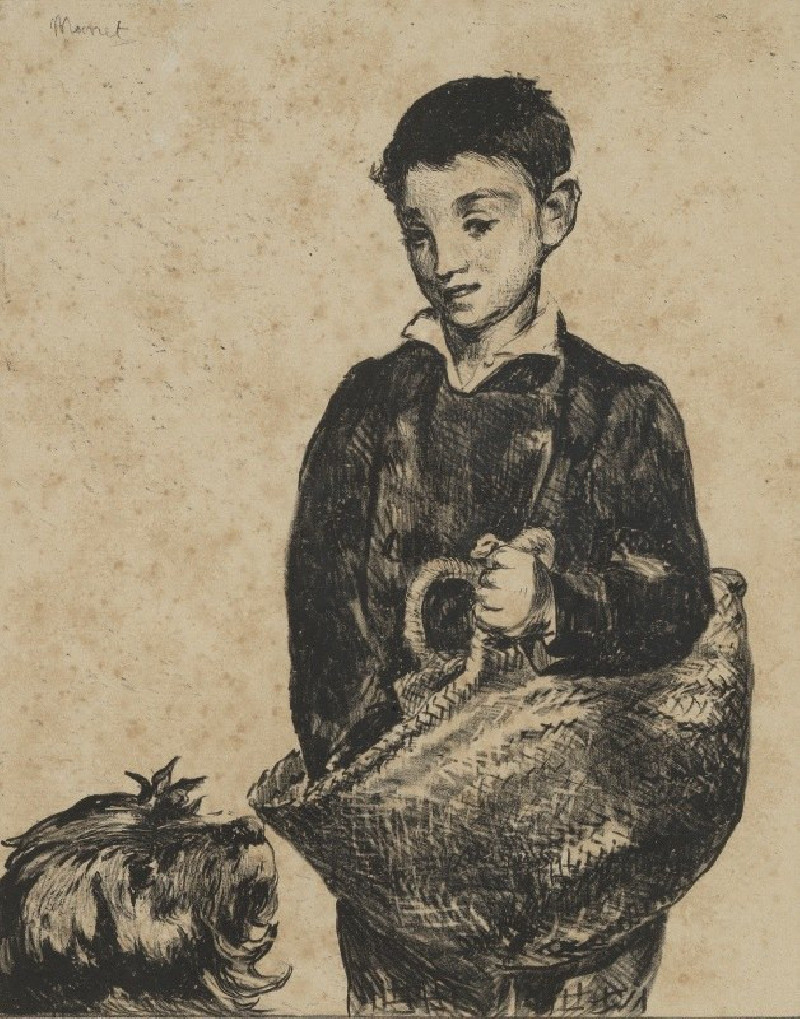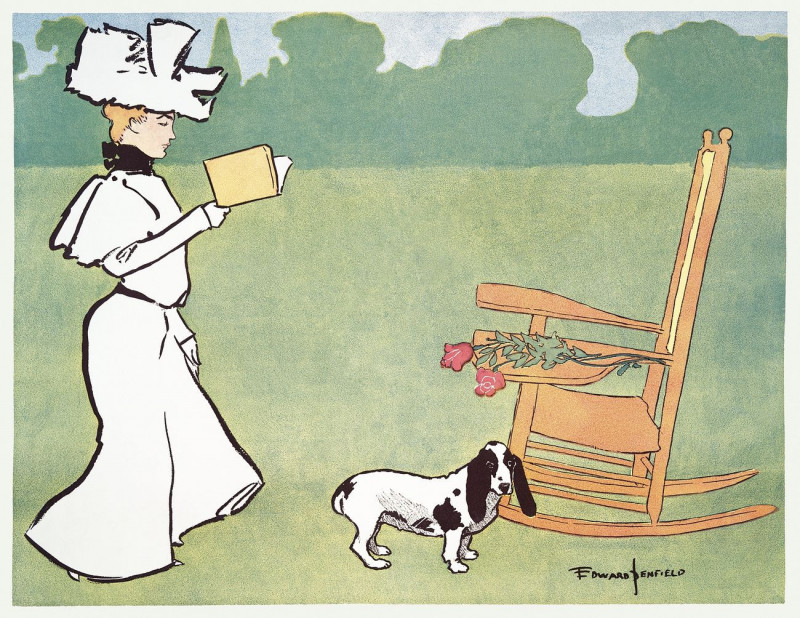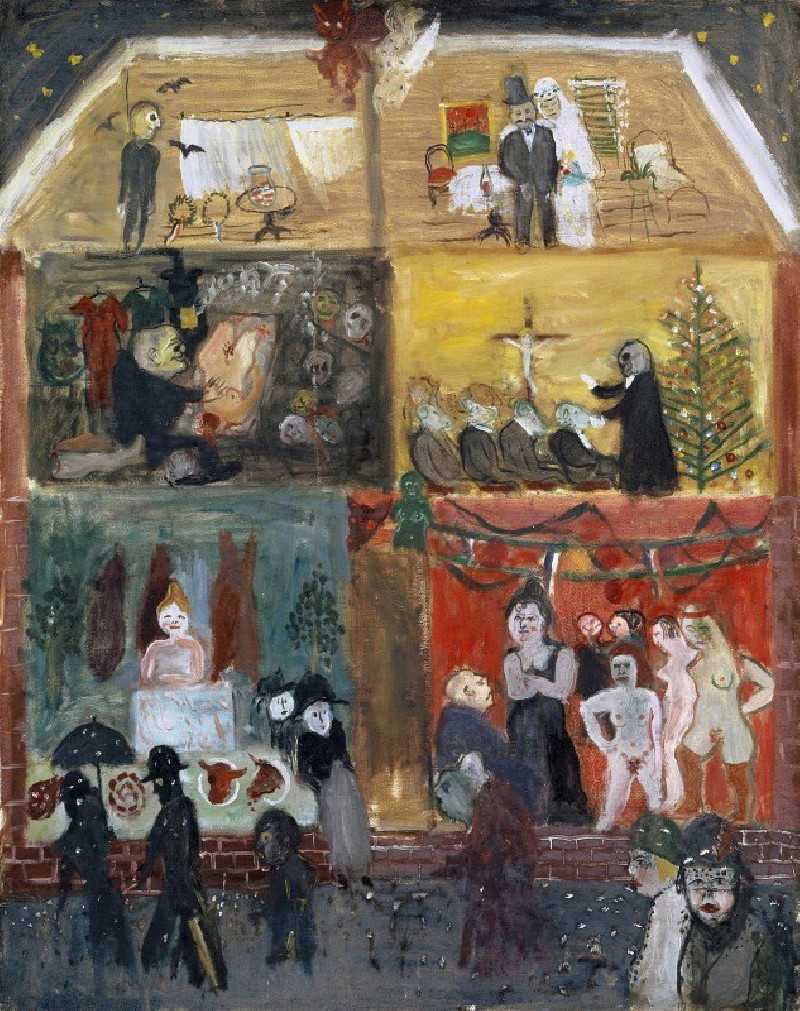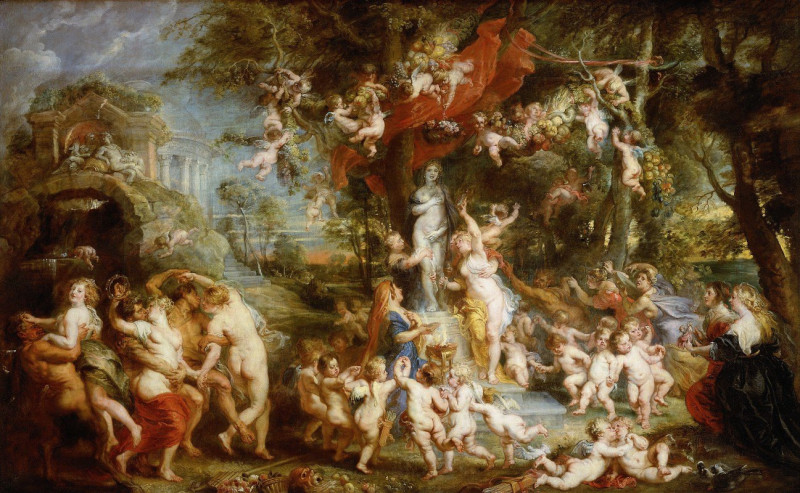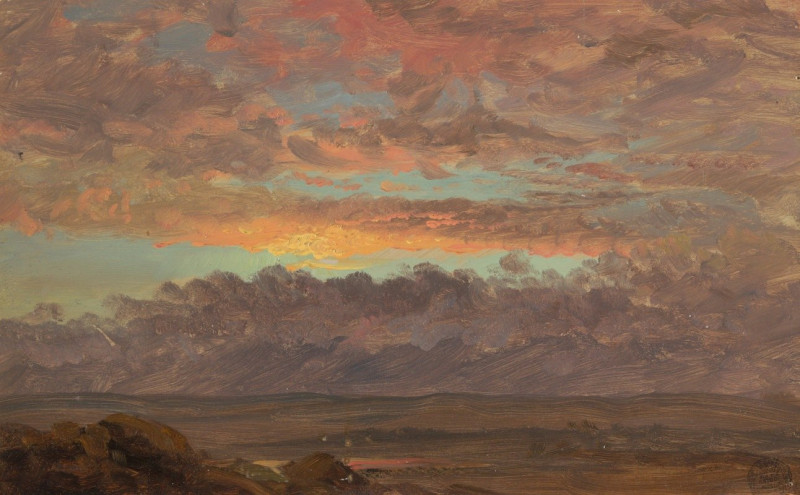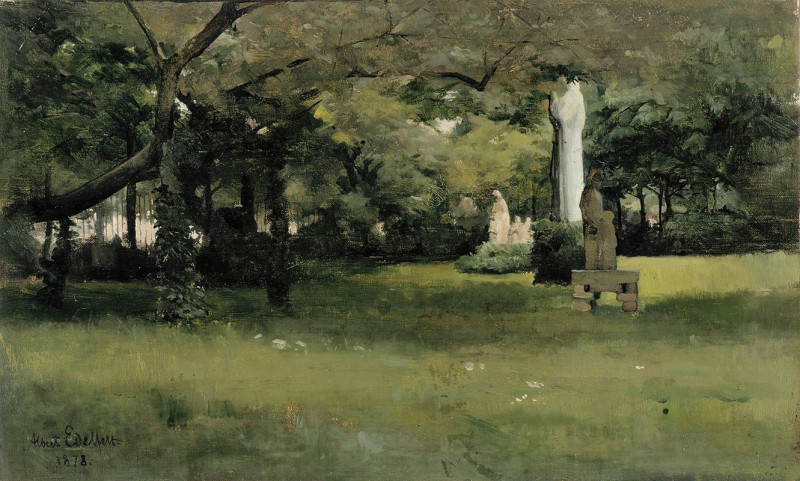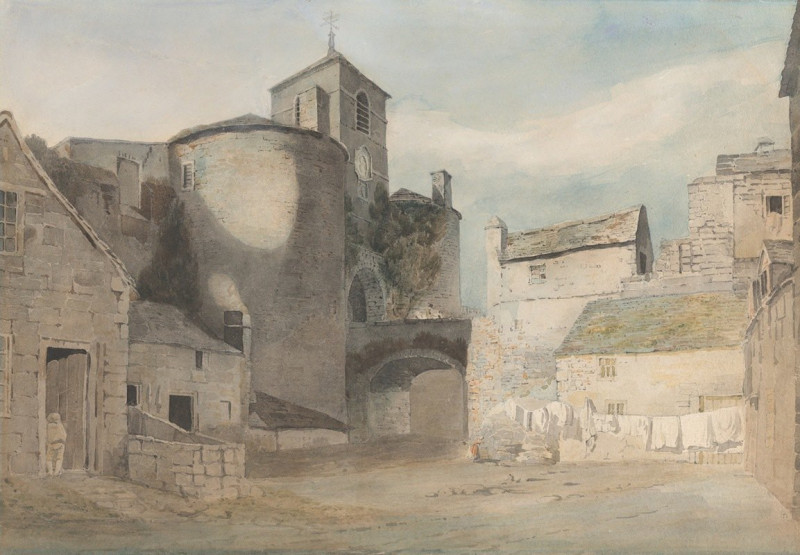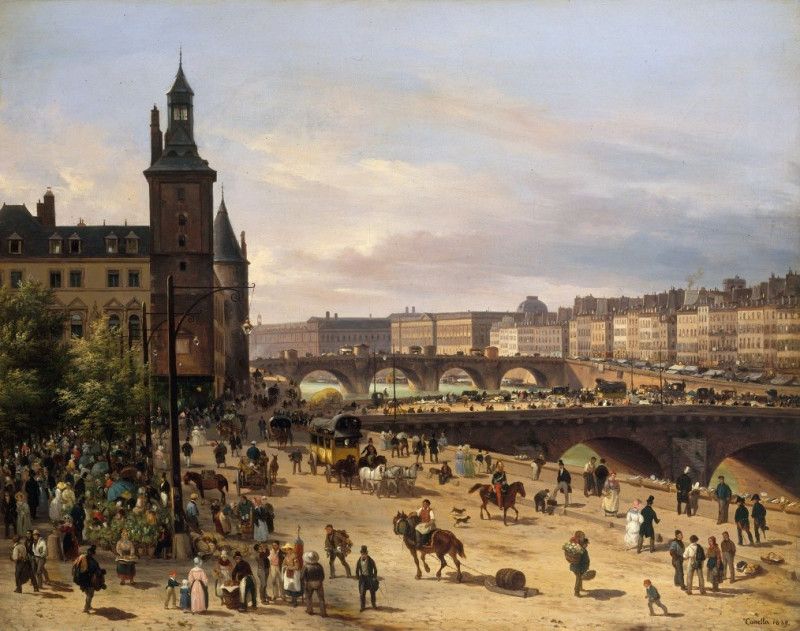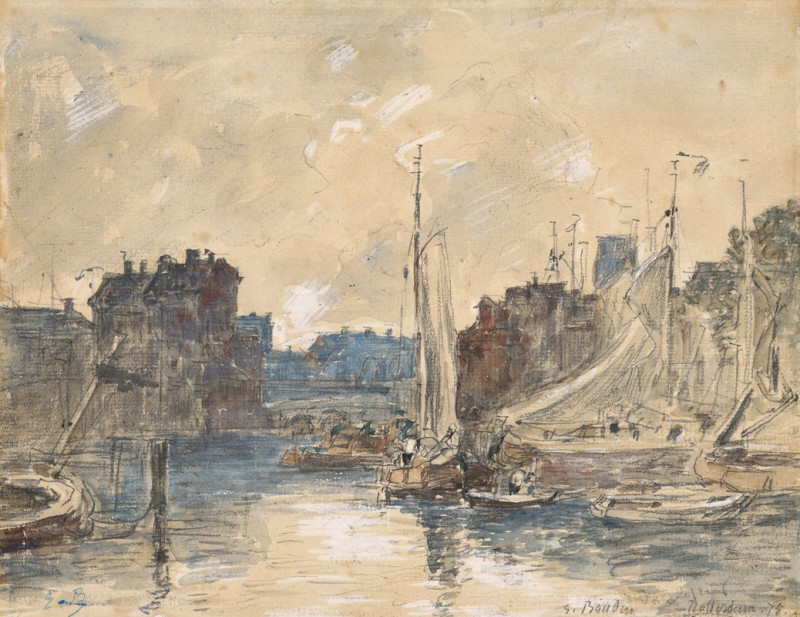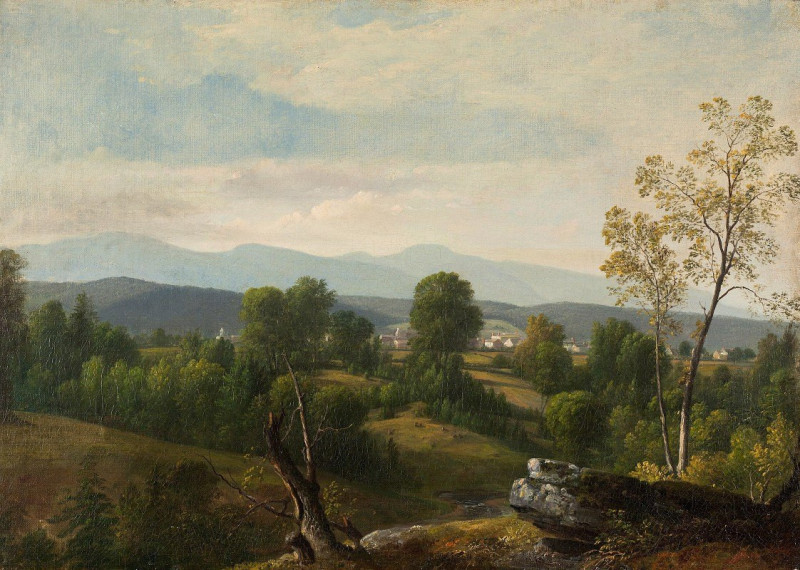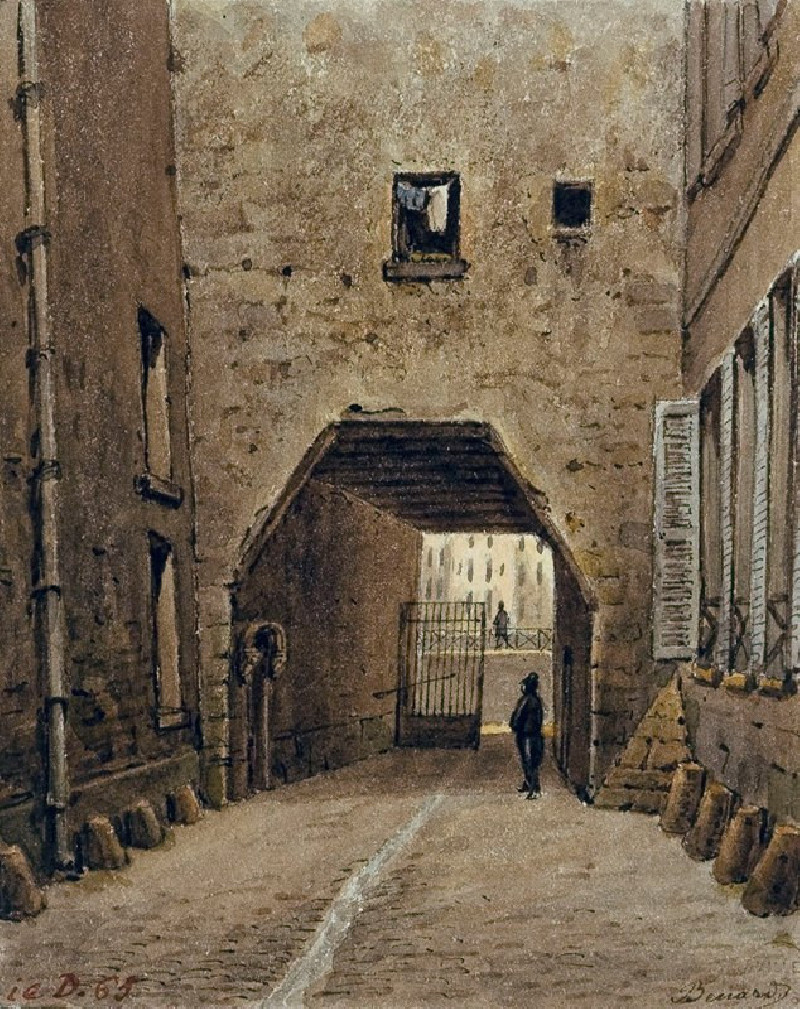Le gamin
Technique: Giclée quality print
Recommended by our customers
More about this artwork
Welcome to a profound exploration of Édouard Manet's etching, 'Le gamin,' a work that offers a poignant glimpse into 19th-century Parisian life. This etching highlights Manet's remarkable ability to capture depth and emotion within the simplicity of black and white.In this composition, the viewer's attention is immediately drawn to a young boy, the “gamin,” which translates from French as "street kid" or "urchin." The boy is depicted with an introspective gaze that seems to transcend his youthful age, suggesting a maturity sculpted by the experiences of street life. His attire is modest; he wears a dark, slightly oversized jacket suggesting it may not have been originally his. This adds to the narrative of the hardships and realities faced by children in urban environments during this period.The boy is holding a basket, large and weather-beaten, perhaps a tool of trade for odd jobs or for carrying goods in a marketplace. The top of the basket is slightly open, adding intrigue about its content, which remains unseen and left to the viewer’s imagination. A rooster, also a focus of this etching, stands by his side, its head neatly tucked into the frame of the image, adding a dynamic element to the stationary posture of the boy.Manet, with his characteristic swift and confident line work, manages to detail textures and expressiveness effectively. The shading on the boy’s clothes and the detailed sketching of the basket and the rooster’s feathers exhibit Manet’s mastery over the etching medium.
Delivery
Returns
Édouard Manet (1832–1883) was a French modernist painter and one of the first 19th century artists to paint modern life. His impressionist style is characterized by relatively small and thin brushstrokes that create emphasis on light depiction. Manet was one of the key artists in the transition from realism to impressionism, along with Claude Monet, Edgar Degas, and Pierre-Auguste Renoir. However, he resisted involvement in any one specific style of painting, and only presented his work to the Salon of Paris instead of impressionist exhibitions. His early masterworks, The Luncheon on the Grass and Olympia, created great controversy and served as a rallying point for other young painters.

